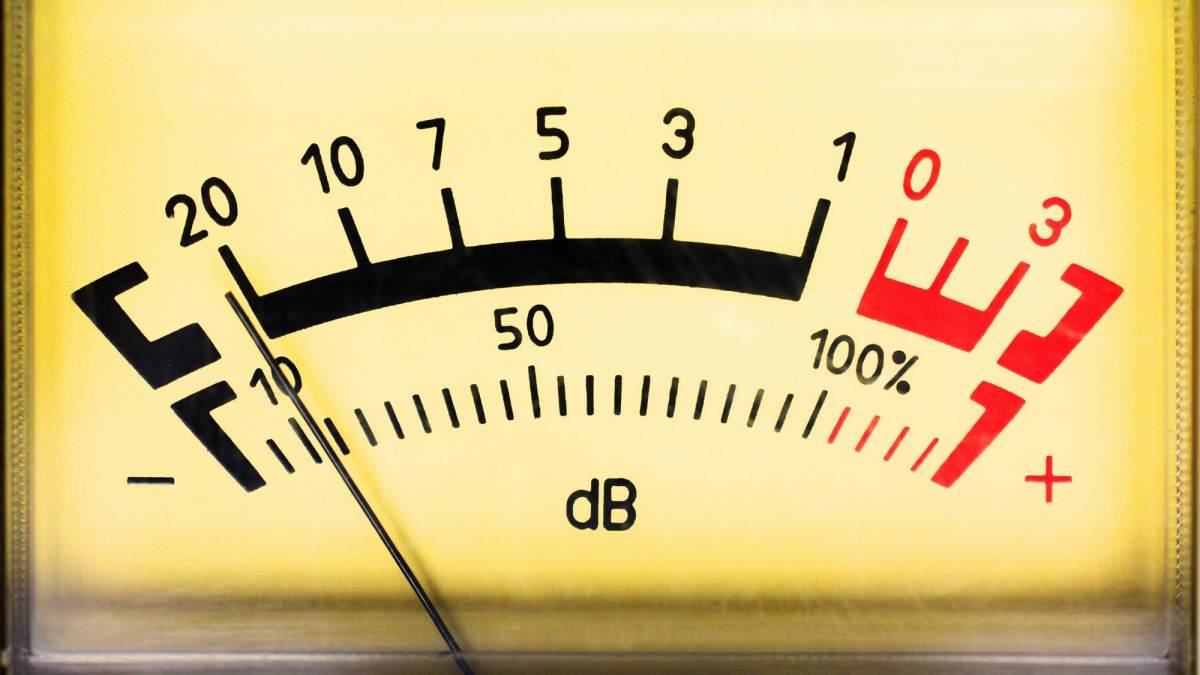Understanding sound and its intensity is essential in many fields, from workplace safety to everyday life. One of the most effective tools for measuring sound is the decibel scale, which quantifies sound intensity in decibels (dB). A decibel chart provides a visual representation of these sound levels, helping to compare the intensity of various noises we encounter daily. This article explores the decibel scale, provides examples of common sounds at different dB levels, and discusses the potential impacts of prolonged exposure to various sound levels.
Understanding the Decibel Scale
The decibel scale is logarithmic, meaning that a 10 dB increase represents a tenfold increase in sound intensity. This makes the decibel scale very different from linear scales. For instance, a sound at 90 dB is 10 times more intense than a sound at 80 dB and 100 times more intense than a sound at 70 dB.
The decibel chart helps to place sounds in a relative context. On the scale, quieter sounds like a whisper may register around 30 dB, while louder sounds, like a jet engine, can reach over 120 dB. It’s important to note that the decibel scale not only helps in measuring sound intensity but also indicates potential risks to hearing health.
Examples of Common Sounds and Their Decibel Levels
Here’s a comparison of common sounds and their corresponding decibel levels, offering a better understanding of the range of noise we encounter daily.
- 0 dB (Threshold of hearing): This is the faintest sound that can be heard by the human ear under ideal conditions. It’s nearly imperceptible in most environments.
- 30 dB (Whisper): A quiet whisper is often found in libraries or quiet rooms. It’s not harmful but can be difficult to hear in noisy environments.
- 60 dB (Normal conversation): Typical conversation levels fall within this range. This is a common sound level in cafes, offices, and residential areas.
- 85 dB (Heavy traffic): Heavy traffic, lawnmowers, or a hairdryer typically fall into this range. Prolonged exposure to sounds above 85 dB can start to damage hearing over time.
- 100 dB (Chainsaw or subway train): The sound of a chainsaw or a subway train at close range is quite loud and can cause hearing damage if exposure is prolonged without hearing protection.
- 120 dB (Rock concert): A rock concert or a loud motorcycle engine often reaches this intensity. Prolonged exposure can result in hearing damage, and ear protection is advised in such environments.
- 140 dB (Jet engine): Jet engines at takeoff can exceed this sound level. This intensity of noise can cause immediate and irreversible hearing damage, which is why hearing protection is crucial in environments with such high levels.
The Impact of Noise Exposure
While sounds like a conversation or light traffic are part of everyday life, exposure to louder noises can have significant impacts on health, particularly on hearing. The longer and more intense the noise, the higher the risk of hearing loss.
- Hearing Loss: Exposure to sound levels above 85 dB for extended periods can cause permanent hearing damage. The intensity of sound and the duration of exposure are key factors in determining the risk of hearing loss. For example, prolonged exposure to 90 dB can result in hearing impairment after 8 hours, while exposure to 100 dB may cause hearing loss in just 2 hours.
- Tinnitus: Tinnitus, or ringing in the ears, is often caused by sudden exposure to very loud sounds (e.g., a concert or a gunshot). Even short bursts of intense noise, like fireworks or gunshots, can cause this condition, which may be temporary or long-lasting.
- Physical Stress: High noise levels can cause physical discomfort, including headaches, increased heart rate, and anxiety. In noisy environments, employees may experience higher stress levels, which can affect overall productivity and well-being.
- Sleep Disturbance: Continuous or intermittent loud sounds during the night, such as traffic noise or construction, can disrupt sleep, leading to long-term health problems like fatigue, mood disturbances, and cardiovascular issues.
Noise Control and Prevention
To minimize the impact of high-intensity sounds, it’s important to implement noise control measures in both everyday life and workplaces. Here are a few strategies to help protect your hearing:
- Use of Hearing Protection: In environments where noise levels exceed 85 dB, hearing protection such as earplugs or earmuffs should be used. In extreme cases, like concerts or construction sites, earmuffs or custom ear protection are essential to safeguard hearing.
- Limiting Exposure: Reducing the duration of exposure to loud environments can significantly decrease the risk of hearing damage. For instance, taking breaks in quieter areas during long shifts in noisy environments can help protect hearing.
- Soundproofing: In noisy workplaces or residential areas, soundproofing measures, such as installing noise barriers or acoustic panels, can help reduce overall sound exposure.
- Monitoring Noise Levels: Using sound level meters or decibel meters in workspaces or at events allows for accurate measurement of noise levels, ensuring that they do not exceed safe limits.
Conclusion
The decibel chart is a valuable tool for comparing the intensity of various sounds and understanding the potential risks of noise exposure. From the quietest whispers to the deafening roar of a jet engine, sound can have profound impacts on our health. Prolonged exposure to high-decibel environments can cause hearing loss, tinnitus, and other physical stress reactions. By understanding the decibel scale and taking necessary precautions, individuals and organizations can protect their hearing and create safer, healthier environments. Whether it’s in the workplace, at a concert, or in our everyday lives, managing noise levels is crucial to maintaining long-term auditory health.




